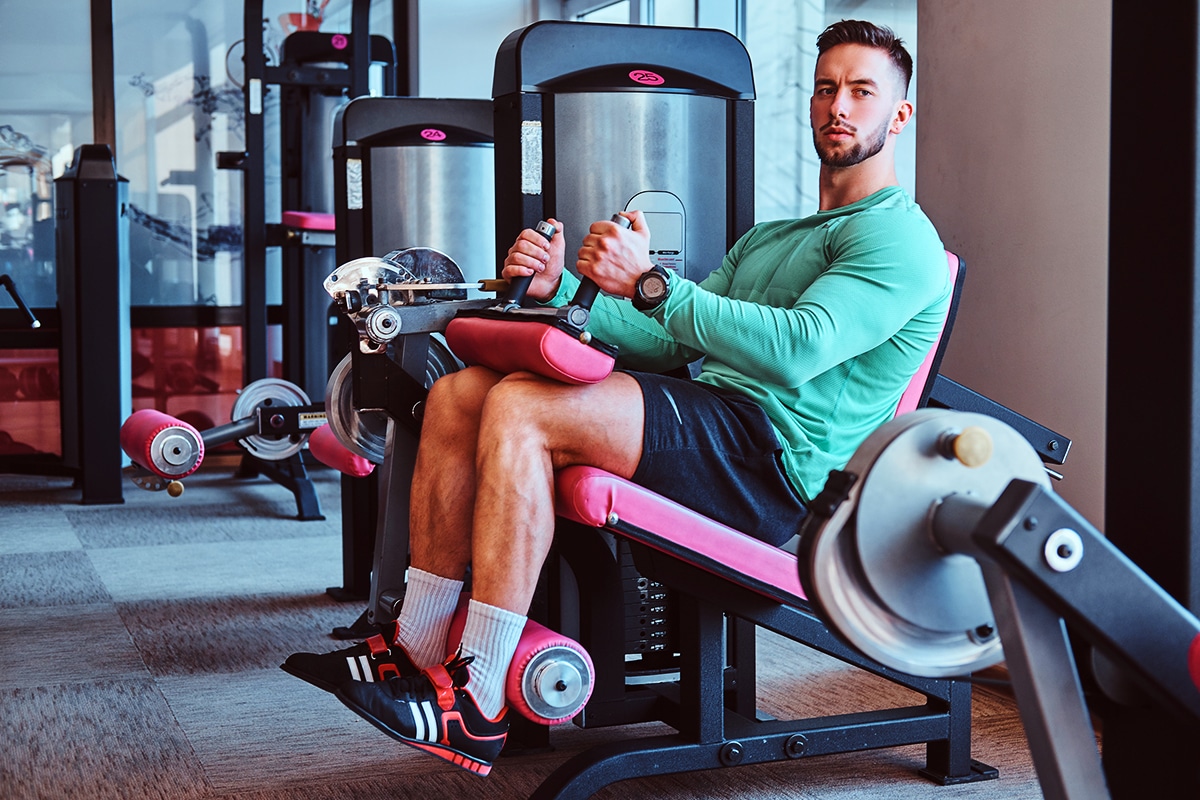Physical exercise plays a crucial role in leading a healthy and fulfilling life. It is a proven fact that regular physical activity has numerous benefits for both physical and mental health. In today’s world, where a sedentary lifestyle has become the norm, it’s even more important to embrace the benefits of regular exercise. In this article, we take a look at the advantages of exercise, tips and tricks to get started, as well as the most effective types of exercise.
The Benefits of Physical Exercise
The advantages of regular physical exercise are numerous and invaluable. Not only does it help control body weight, but it also improves cardiovascular health, strengthens bone density, reduces the risk of diabetes, and boosts mental health. Let’s delve deeper into each of these benefits:
Body Weight Control
One of the most obvious benefits of physical exercise is its influence on body weight. Regular exercise is an effective tool in managing and controlling body fat, as it helps burn calories and maintain muscle mass. As a result, physical exercise is an essential part of a healthy weight-loss program.
Improved Cardiovascular Health
Cardiovascular disease is one of the leading causes of death globally. Regular exercise helps to condition the heart and its associated blood vessels, which improves their function and reduces the risk of heart disease. By exercising regularly, the body’s ability to transport oxygen and nutrients to the muscles is increased, making physical activity easier to carry out.
Strengthened Bone Density
As we age, our bones become weaker and more susceptible to fractures. However, by engaging in regular physical exercise, we can improve bone density, which reduces the risk of osteoporosis and bone fractures. Some exercises that have shown positive results in strengthening bone density include weight-bearing exercises such as running, jumping, and weightlifting.
Reduced Risk of Diabetes
Physical exercise can help to regulate blood sugar levels in the body. By increasing the body’s sensitivity to insulin, exercise helps to lower blood sugar levels, which reduces the risk of type 2 diabetes. Additionally, regular exercise can aid in weight loss, which is another significant risk factor for diabetes.
Boosted Mental Health
In addition to physical benefits, exercise has also been shown to have significant positive effects on mental health. Regular exercise not only reduces stress and anxiety but can also improve mood and increase self-confidence. Exercise is also an effective tool in combatting depression, as it increases the levels of serotonin and endorphins, which are neurotransmitters that boost mood.
Tips for Getting Started
If you’re new to physical exercise or haven’t exercised for a long time, starting can seem daunting. However, with careful planning and a few tips, getting started can be made much easier. Here are some tips for starting your exercise journey:
Set Realistic Goals
The key to getting started is setting achievable goals. Begin by setting short-term goals that will build up to a long-term goal. For instance, set a goal to walk for ten minutes three times a week, then gradually increase the duration and frequency of your walks until you reach thirty minutes five times a week.
Find Activities You Enjoy
Exercise shouldn’t be a chore. By finding activities that you enjoy, you are more likely to stick to them. For instance, if you like swimming, find a local pool and sign up for a swimming class.
Find a Suitable Environment
An appropriate environment helps to make exercise more enjoyable. Choose an environment that suits your preferences. Whether it’s a gym, a park, or your living room, the crucial factor is that you’re comfortable and able to exercise safely.
Make It a Habit
To achieve the benefits of exercise, consistency is key. Make exercise a habit by setting aside specific times during your day to engage in physical activity.
The Most Effective Types of Exercise
There are different types of physical exercise that one can engage in depending on their preferences, goals, and fitness levels. Here are some of the most effective types of exercise:
Cardiovascular Exercise
Cardiovascular exercises are those that increase the heart rate and breathe rate. The purpose of this exercise is to improve cardiovascular health and burn calories. Examples of cardiovascular exercises include running, cycling, swimming, and aerobics.
Resistance Training
Resistance training is a type of exercise that involves using weights or one’s body weight to build muscle strength and endurance. The goal of this exercise is to improve muscle mass, bone density, and overall body composition. Examples of resistance training exercises include weightlifting, yoga, and Pilates.
Flexibility Exercise
Flexibility exercises involve stretching muscles and joints to increase range of motion and reduce the risk of injury. This type of exercise is particularly effective for people that sit for long periods of time. Examples of flexibility exercises include stretching, yoga, and Pilates.
Conclusion
Physical exercise is an essential tool in improving overall health and wellbeing. By embracing the benefits of regular exercise and incorporating it into our daily routines, we can achieve significant improvements in physical and mental health. The key to getting started is setting achievable goals, finding activities that you enjoy, and making exercise a habit. The most effective types of exercise are cardiovascular exercise, resistance training, and flexibility exercises. Start your exercise journey today and unlock the key to a healthier you!
